18 Traditional Festival Dishes That Tell a Story
Food plays a vital role in many festivals, often telling the story of a culture’s history, traditions, and values. From the savory dishes passed down through generations to the sweet treats enjoyed during special celebrations, every bite has a deeper meaning. Traditional festival foods are not just about taste; they reflect the spirit of the occasion and the community. These dishes are made with love, care, and a connection to the past, helping to preserve cultural practices.
This post may contain affiliate links, which helps keep this content free. Please read our disclosure for more info.
Tamales (Mexico)
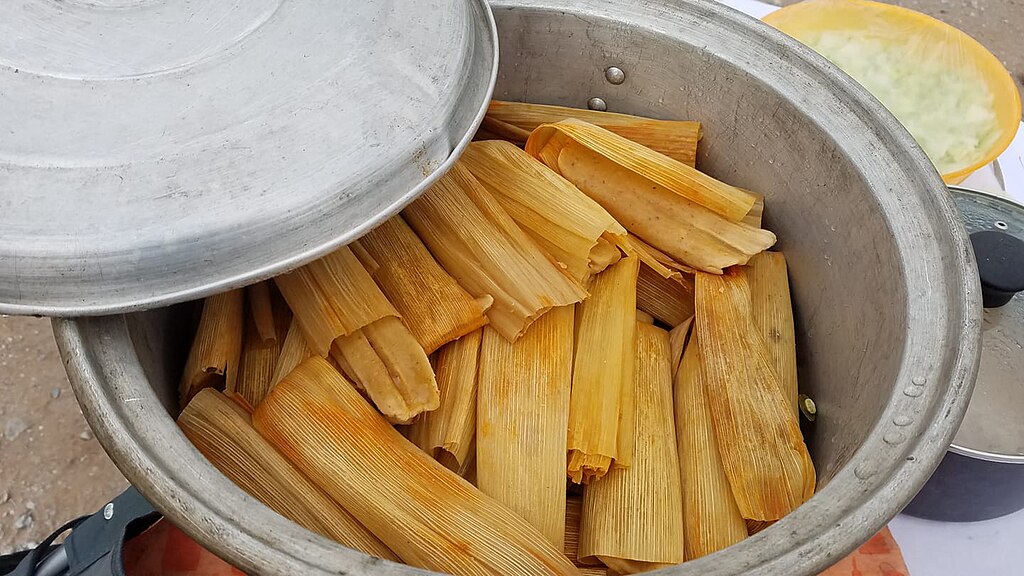
Tamales are a beloved Mexican dish traditionally made for celebrations like Christmas and Día de los Muertos. They consist of masa (corn dough) filled with meat, cheese, or vegetables, and wrapped in corn husks. The preparation of tamales is often a communal effort, with families gathering to prepare large batches. These festive treats hold deep significance, as the process symbolizes unity, and each region in Mexico has its own variation based on local ingredients and flavors.
Tamales are not just a meal but a reflection of Mexican heritage. They are commonly enjoyed during special occasions such as weddings, New Year’s Eve, and religious holidays. With each bite, tamales tell a story of the land, history, and family traditions passed down for generations.
Saffron Rice (Iran)
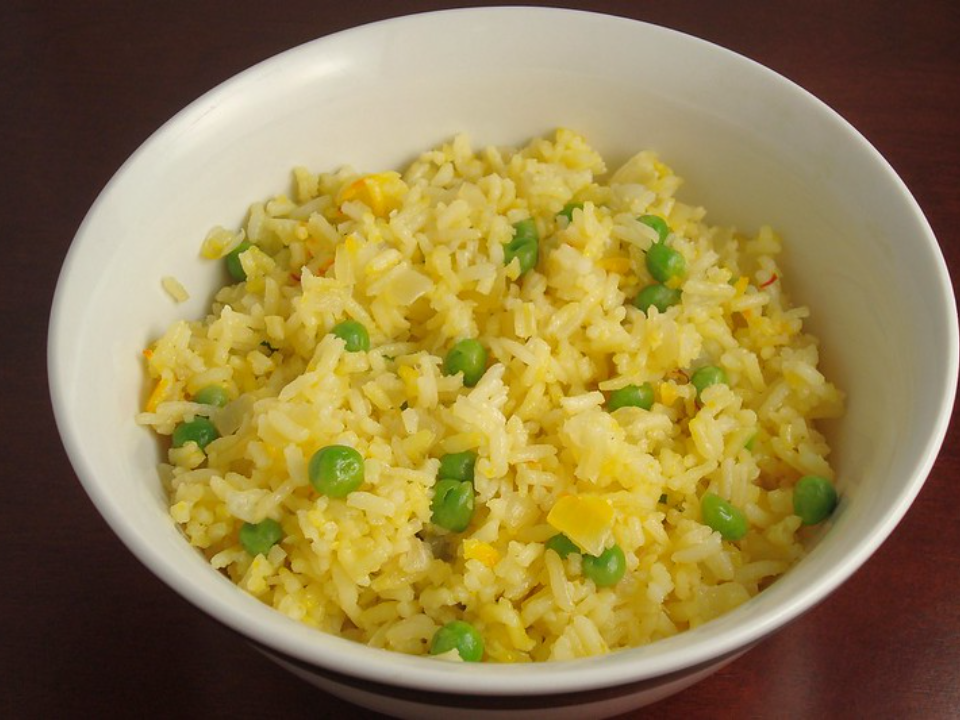
Saffron rice, known as “Shirin Polow,” is a fragrant Persian dish commonly served during Persian New Year (Nowruz) and weddings. The dish features basmati rice mixed with saffron, which gives it a vibrant yellow color and an aromatic flavor. Often, it is paired with barberries, nuts, and orange peel to add a sweet and tart contrast to the richness of the saffron. This dish represents prosperity and joy, symbolizing the rebirth of spring during Nowruz.
This dish’s golden hue also signifies the light and warmth of the sun, a powerful symbol of life and renewal. It is often prepared with great care and served during large family gatherings, connecting generations through its vibrant history. Saffron rice is not just a dish but a message of hope, renewal, and the coming of brighter days.
Paella (Spain)
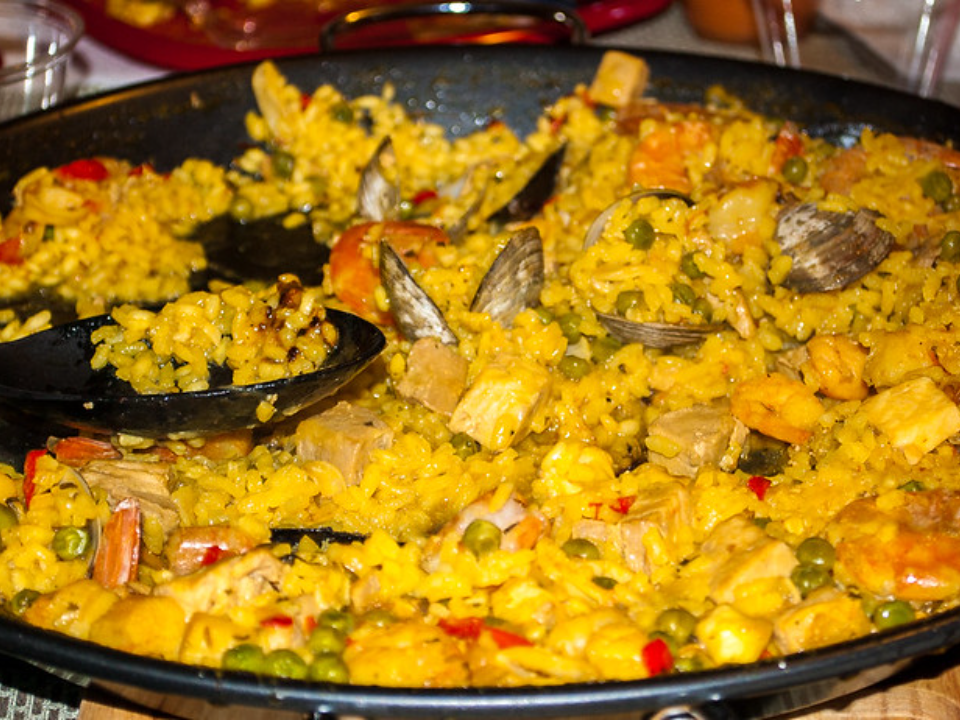
Paella is an iconic Spanish dish that originated in the Valencian region, and it is often the centerpiece of festivals like Las Fallas and regional holidays. Traditionally, paella consists of rice, saffron, seafood, chicken, and vegetables. The dish was born from the humble origins of farmers and fishermen, who used locally sourced ingredients to create a hearty meal. Over time, paella evolved and became a symbol of regional pride and community.
The act of preparing paella during celebrations reflects the Spanish spirit of sharing and hospitality. Its vibrant colors and rich flavors speak to the diversity of Spanish culture and its deep connection to the land and sea. Each bite carries the essence of Spain’s agricultural and coastal history, making it more than just food but an enduring tradition.
Biryani (India)
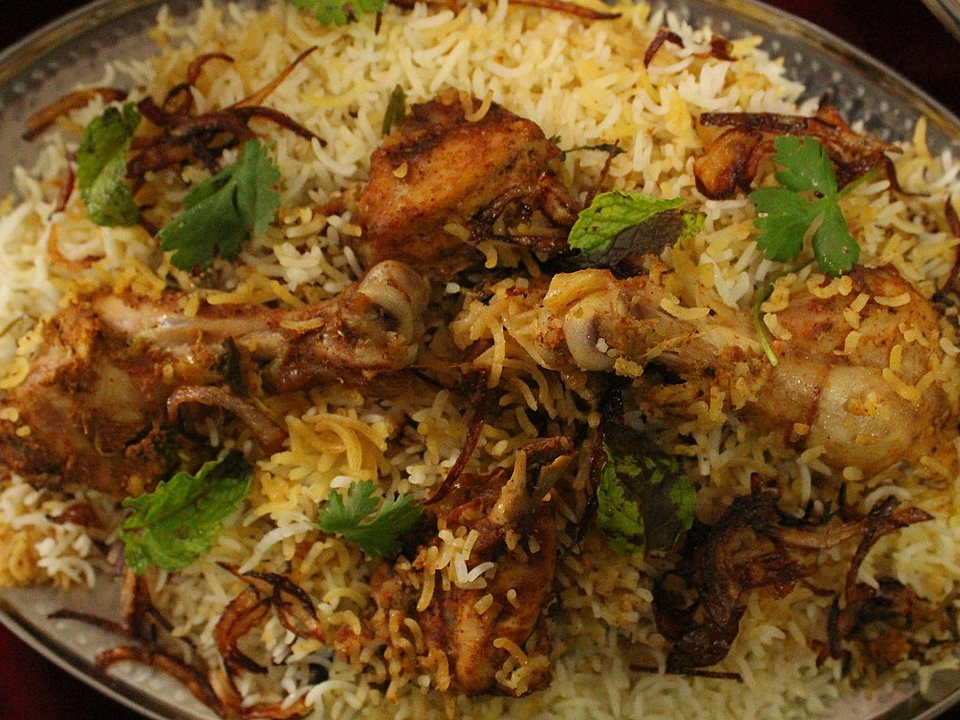
Biryani is a fragrant, spiced rice dish from India, often prepared for weddings, festivals, and significant celebrations like Eid. The dish typically includes basmati rice, marinated meat (often chicken, mutton, or beef), and a blend of spices such as cumin, coriander, and cardamom. The dish’s origins can be traced back to Persian influence, but it has since become deeply rooted in Indian culture, with each region adding its unique touch.
Biryani is often associated with celebration and joy. It is prepared during important occasions, symbolizing the coming together of families and communities. The preparation of biryani itself is a complex and labor-intensive process, with each layer of rice and meat carefully arranged to build layers of flavor. This dish embodies the warmth of hospitality and the rich cultural heritage of India.
Peking Duck (China)
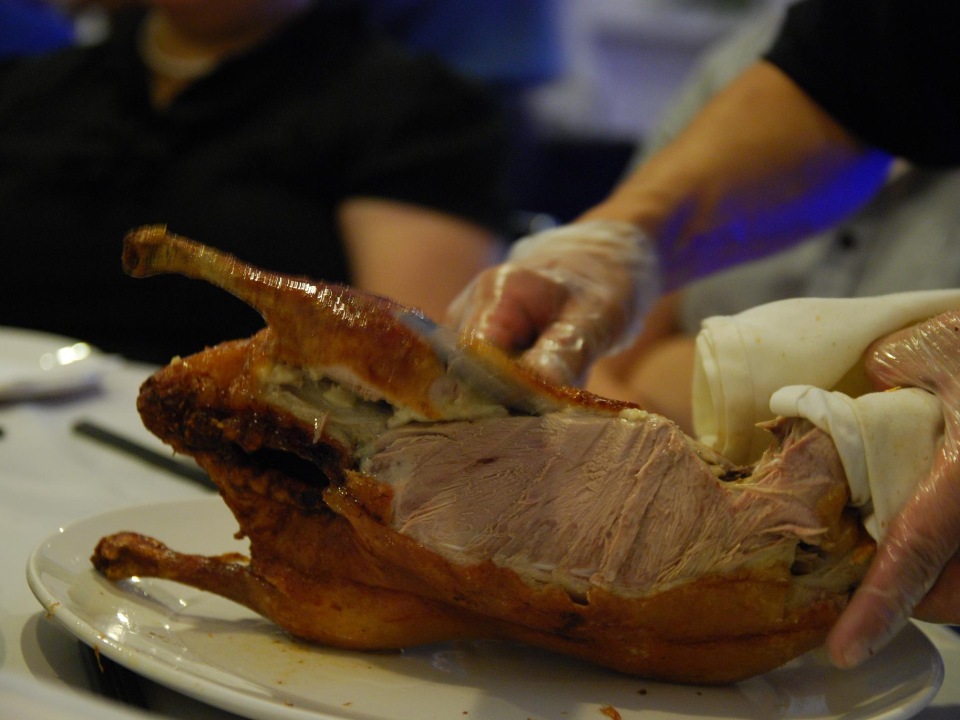
Peking Duck is one of China’s most famous dishes, often served during grand festivals and family reunions. The dish consists of a whole duck that is roasted until the skin is crisp, served with pancakes, hoisin sauce, and thinly sliced vegetables. It is a dish reserved for special occasions such as the Chinese New Year, as it represents wealth, prosperity, and unity. The method of preparing and serving Peking Duck has been passed down through generations, making it a living testament to China’s culinary legacy.
The dish tells a story of Chinese ingenuity and the importance of harmony in cooking. The process of preparing Peking Duck involves careful attention to every detail, ensuring that the skin crisps to perfection while the meat remains tender. Each bite encapsulates centuries of tradition, making it not just a dish but a symbol of the cultural importance of celebration in Chinese society.
Mofongo (Puerto Rico)
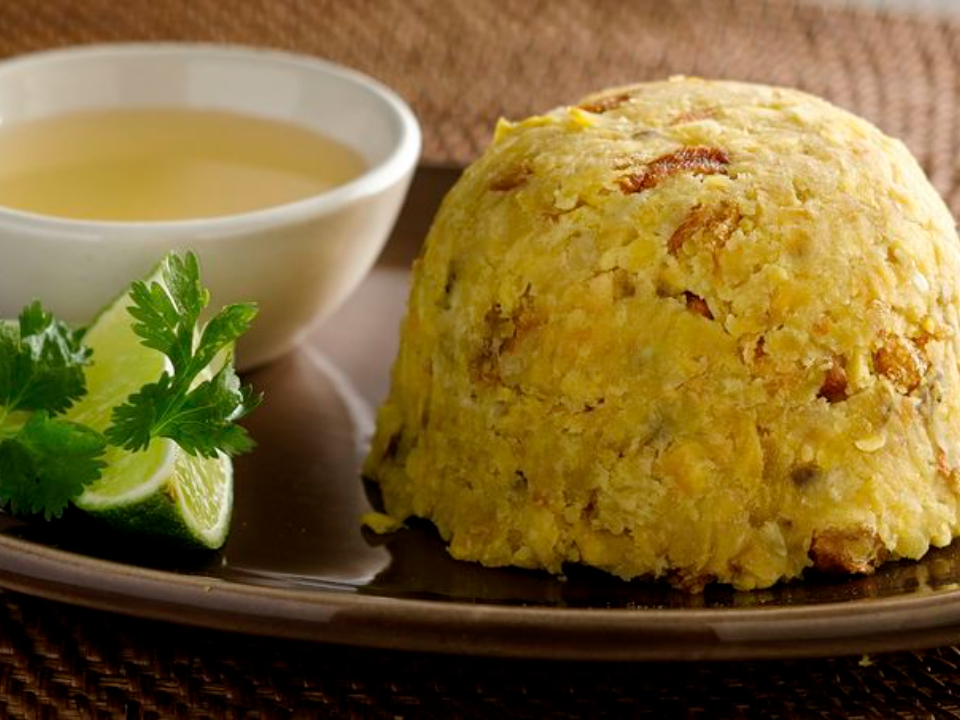
Mofongo is a traditional Puerto Rican dish made from mashed plantains, often combined with garlic, olive oil, and pork cracklings. It is a dish rooted in African, Spanish, and Taino influences, symbolizing the cultural fusion of Puerto Rican history. Mofongo is typically served during major holidays such as Christmas, and its preparation is a family affair, with each generation passing down their variations.
The dish tells the story of Puerto Rico’s rich cultural history, where diverse influences have come together to create something uniquely its own. Mofongo is not just a meal but a reflection of the island’s resilience, joy, and creativity. The flavors of garlic, plantains, and pork cracklings evoke a deep sense of connection to the island’s roots and the people who continue to share and celebrate these traditions.
Gallo Pinto (Costa Rica/Nicaragua)
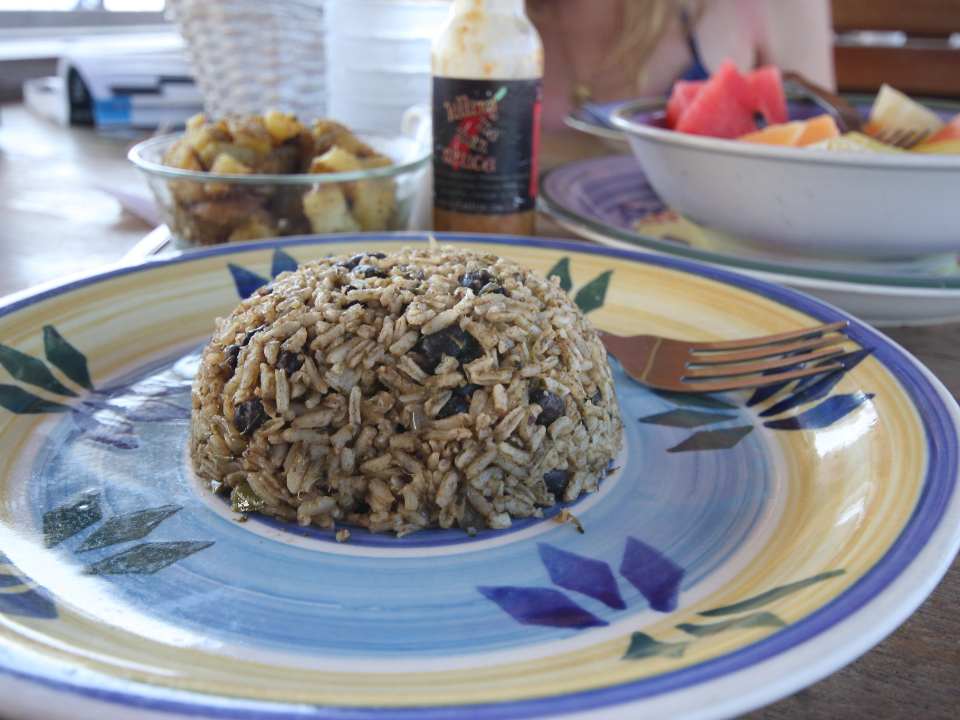
Gallo Pinto, a rice and beans dish, is the national dish of both Costa Rica and Nicaragua. It is often served for breakfast during holidays and family gatherings, especially on New Year’s Day. The dish is simple yet flavorful, typically made with rice, red beans, onions, bell peppers, cilantro, and salsa Lizano. Gallo Pinto represents the heart of Central American cuisine, blending the humble ingredients of rice and beans into a dish full of flavor and tradition.
This dish holds significant meaning, as it reflects the agricultural heritage of the region. It is often eaten alongside fried eggs, plantains, or sour cream, making it a well-rounded, hearty meal. Gallo Pinto is a reminder of the importance of sustainability and the role of local crops in shaping the region’s culinary identity.
Kimchi (South Korea)
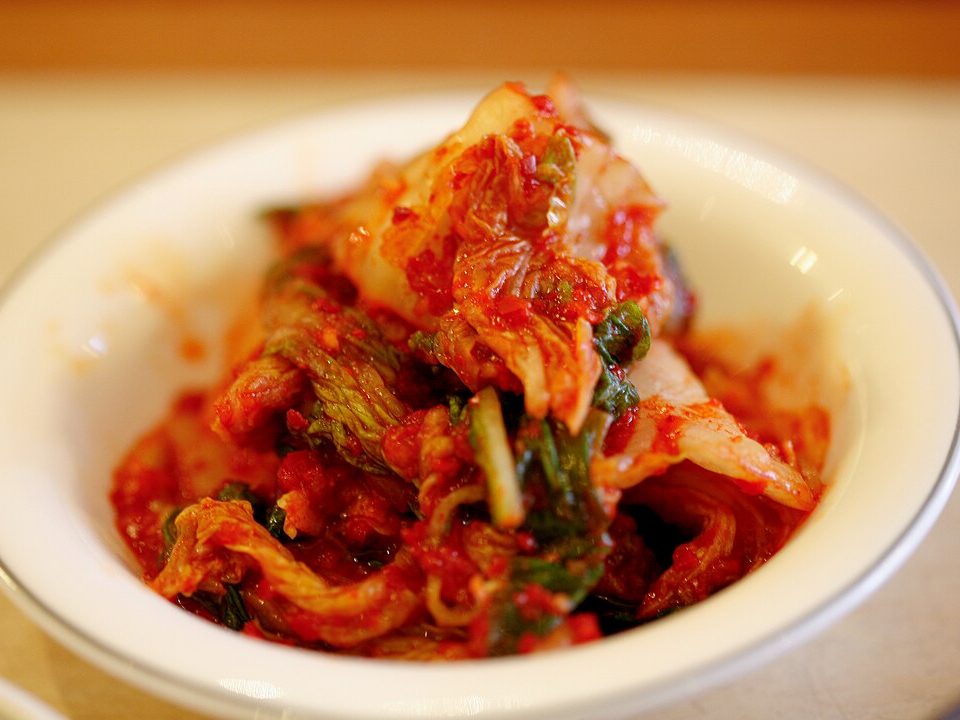
Kimchi is a traditional Korean dish made from fermented vegetables, primarily cabbage, and radish, flavored with garlic, ginger, and chili peppers. It is an essential part of Korean cuisine, served with almost every meal and especially during festivals such as the Korean New Year (Seollal). The process of fermenting kimchi is as important as the final product itself, symbolizing patience, preservation, and the connection to the land.
Kimchi tells a story of Korean resilience and cultural preservation. It has been a part of Korean diets for centuries, with different regions and families creating their unique versions. The fermentation process not only enhances the flavor but also preserves the vegetables, representing the Korean people’s resourcefulness and respect for food.
Clam Chowder (United States)
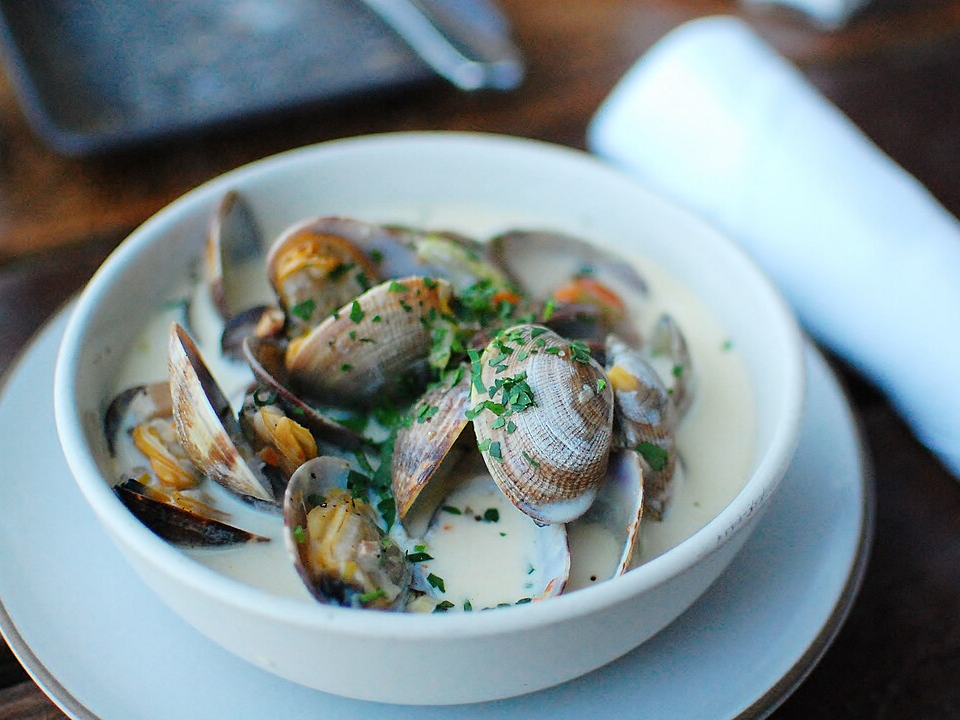
Clam Chowder is a creamy soup traditionally served during American festivals, particularly in the New England region. The dish is made from fresh clams, potatoes, onions, celery, and a rich cream or milk base. It is a dish that reflects the coastal culture of New England, where clams have been harvested for centuries. Traditionally, clam chowder is prepared for Thanksgiving, Christmas, and other special gatherings.
This dish connects generations to the sea and the bountiful harvests of New England. The recipe has been passed down through many generations, with slight regional variations. Clam chowder symbolizes comfort and warmth, bringing together families to celebrate the abundance of nature and community.
Lefse (Norway)
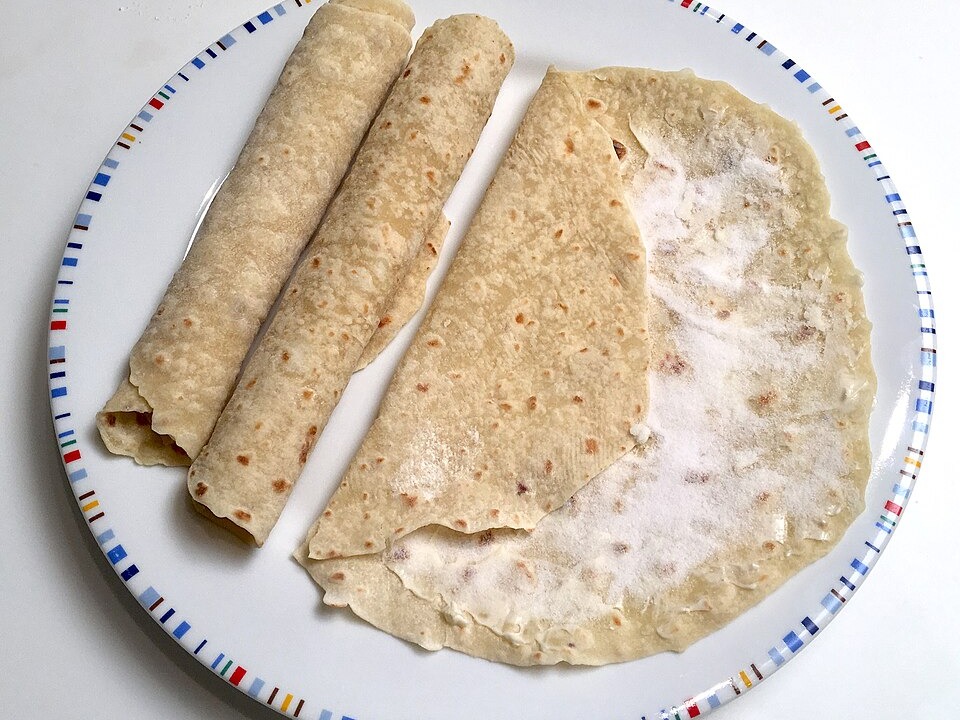
Lefse is a traditional Norwegian flatbread made from potatoes, flour, butter, and milk. It is often served during Christmas and other major festivals, typically accompanied by butter, sugar, and cinnamon. Lefse holds great cultural significance in Norway, as it has been made for centuries, often by generations of families, and represents the Norwegian people’s resourcefulness and connection to their land.
The preparation of Lefse is a cherished tradition, with families gathering to roll out the dough and bake the bread. The bread itself represents the simplicity and resilience of Norwegian cuisine, reflecting the country’s agricultural roots. Each bite of Lefse serves as a reminder of Norway’s long-standing culinary heritage and the importance of family traditions.
Croissants (France)

Croissants are iconic French pastries, often associated with breakfast and served during celebrations like Bastille Day and Christmas. The buttery, flaky texture of croissants tells the story of French culinary mastery, with layers of dough and butter folded repeatedly to create the perfect pastry. While croissants are eaten daily in France, their significance is heightened during holidays when families gather around the breakfast table.
The croissant’s story is one of refinement and innovation, originating from Austrian bakeries before becoming a symbol of French excellence. The dish is not just about food but about the time and effort required to create such a delicate pastry. In each flaky layer, there is a message of craftsmanship, patience, and pride in the art of French baking.
Ceviche (Peru)
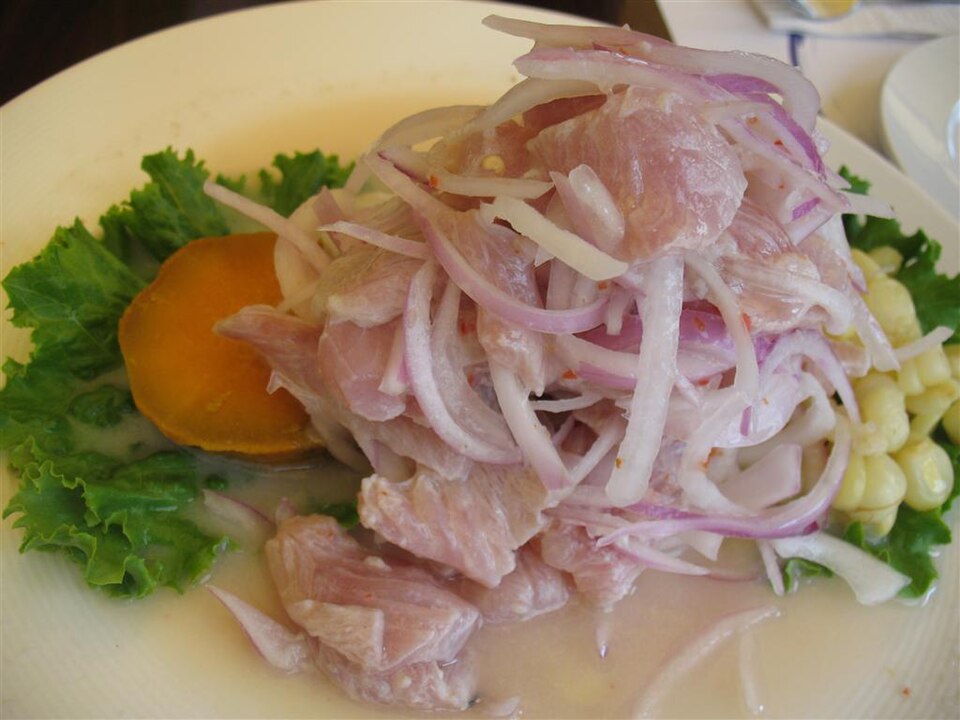
Ceviche is a traditional dish from Peru made from fresh fish or seafood that is marinated in citrus juices, often with onions, cilantro, and chili peppers. It is typically served as an appetizer during celebrations such as Peruvian Independence Day and other important holidays. The dish’s origins are deeply rooted in Peru’s coastal culture, where fresh seafood is abundant and highly valued.
Ceviche tells a story of freshness, simplicity, and the vibrant flavors of the sea. It is a dish that connects people to the ocean, highlighting the importance of sustainable fishing practices and local ingredients. Each bite of ceviche brings with it the essence of Peru’s coastal regions and the culinary traditions that have evolved over centuries.
Tarte Tatin (France)
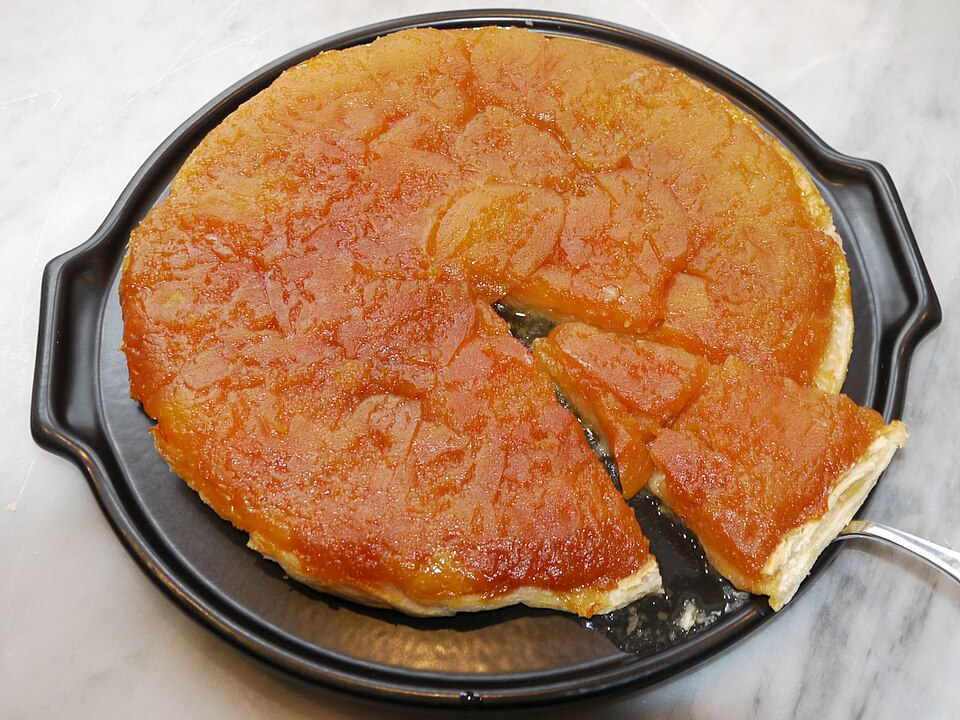
Tarte Tatin is a traditional French dessert that consists of caramelized apples baked under a buttery pastry crust. It is often made for holidays and special occasions, such as Easter and Christmas. The story of Tarte Tatin began accidentally in the late 19th century when two sisters in France mistakenly baked an apple tart upside down, creating a deliciously rich dessert in the process.
The dish has become a symbol of French innovation and culinary history. Tarte Tatin’s sweet, caramelized apples and flaky crust represent the creativity and adaptability of French cuisine. It is a dish made to be shared, connecting people through its history, flavor, and the warmth of home-cooked meals.
Poffertjes (Netherlands)
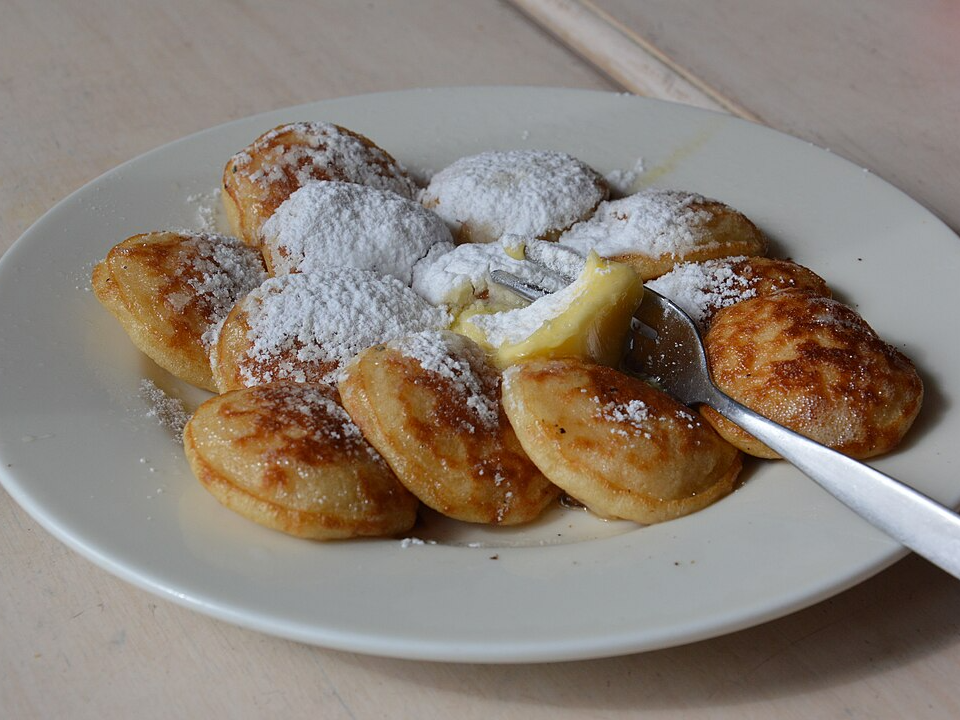
Poffertjes are small, fluffy Dutch pancakes typically served during festivals like the Dutch Christmas markets and King’s Day. These mini pancakes are made from a yeasted batter and cooked in a special pan that creates their signature round shape. Poffertjes are often topped with powdered sugar and butter, offering a sweet and comforting treat that reflects the Dutch love for simple yet delicious food.
This dish is a celebration of Dutch culinary heritage and the joy of sharing food during special occasions. Poffertjes bring people together, often enjoyed at street stalls during festivals, where the aroma of freshly made pancakes fills the air. It is a dish that tells a story of tradition, warmth, and the pleasures of life’s simple moments.
Sarmale (Romania)
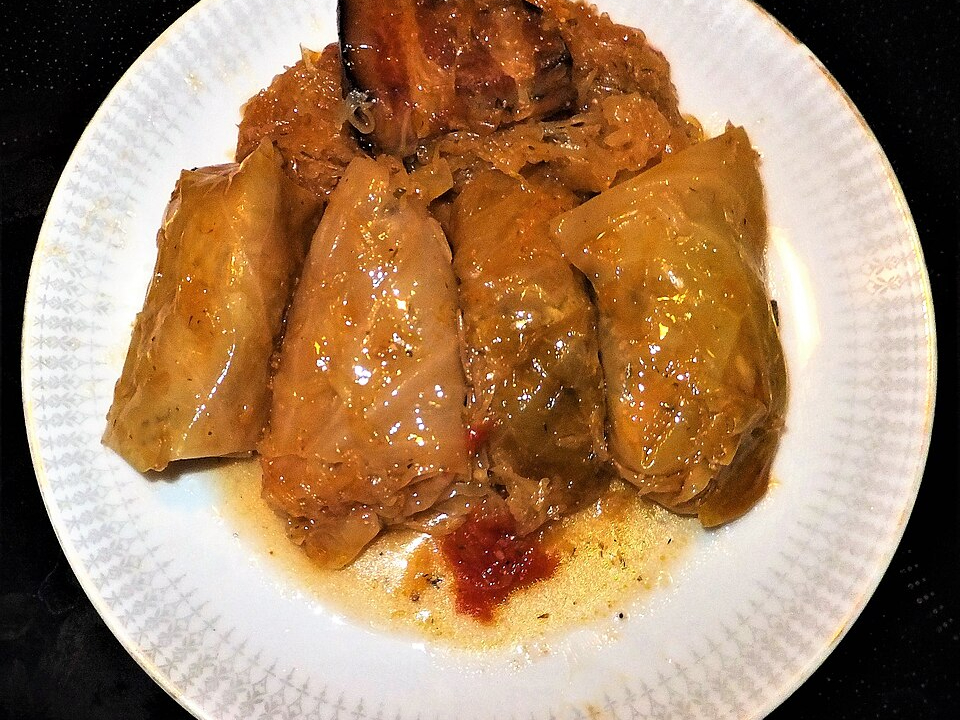
Sarmale is a traditional Romanian dish made from cabbage leaves stuffed with a mixture of rice and minced meat, typically pork or beef. It is often served during the winter holidays, including Christmas and New Year’s Eve, as part of large family gatherings. Sarmale holds significant cultural importance, as it symbolizes warmth, unity, and the generosity of Romanian hospitality.
The preparation of sarmale is a labor-intensive process, requiring families to come together to roll the cabbage leaves and cook the dish for several hours. This communal act represents the strong bonds within Romanian families and the value placed on tradition. Sarmale connects generations, serving as a reminder of the importance of family, community, and the preservation of cultural practices.
Baklava (Turkey)
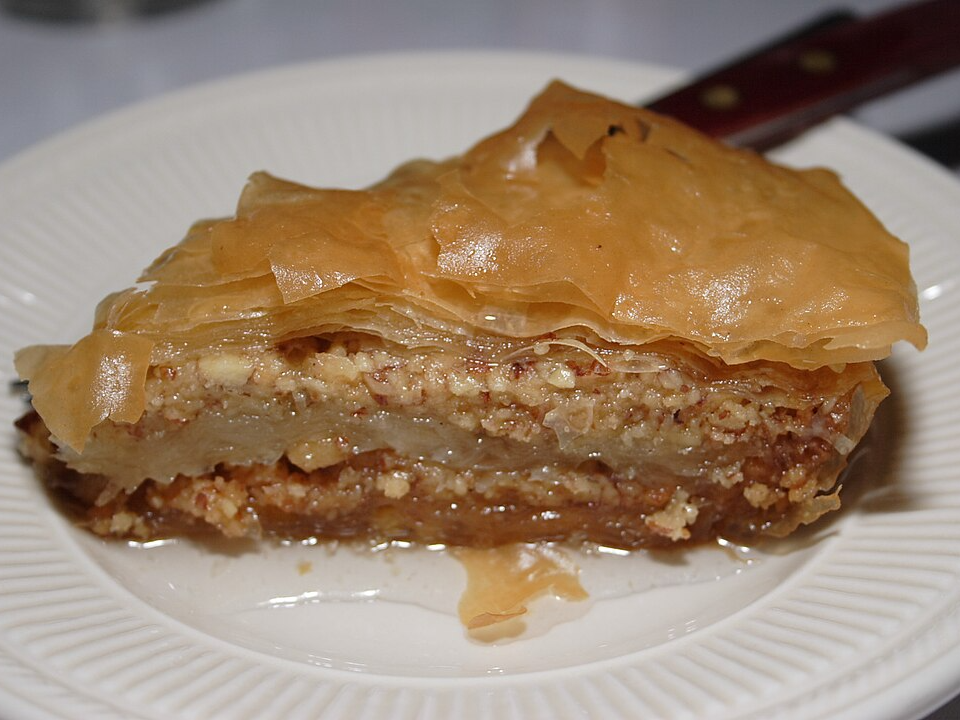
Baklava is a sweet, rich pastry made from layers of filo dough, filled with chopped nuts, and sweetened with honey or syrup. It is traditionally served during religious holidays and festivals such as Ramadan and Eid. The dish has origins in the Middle East and the Ottoman Empire, and its significance lies in the artful layering of flavors, representing the balance between sweetness and spice.
In Turkish culture, baklava tells a story of hospitality, generosity, and the importance of sharing. The intricate preparation process mirrors the meticulous care taken in creating dishes that have been passed down for generations. Each bite of baklava holds a legacy of flavors, blending sweet and savory traditions that continue to bring people together during special occasions.
Moussaka (Greece)
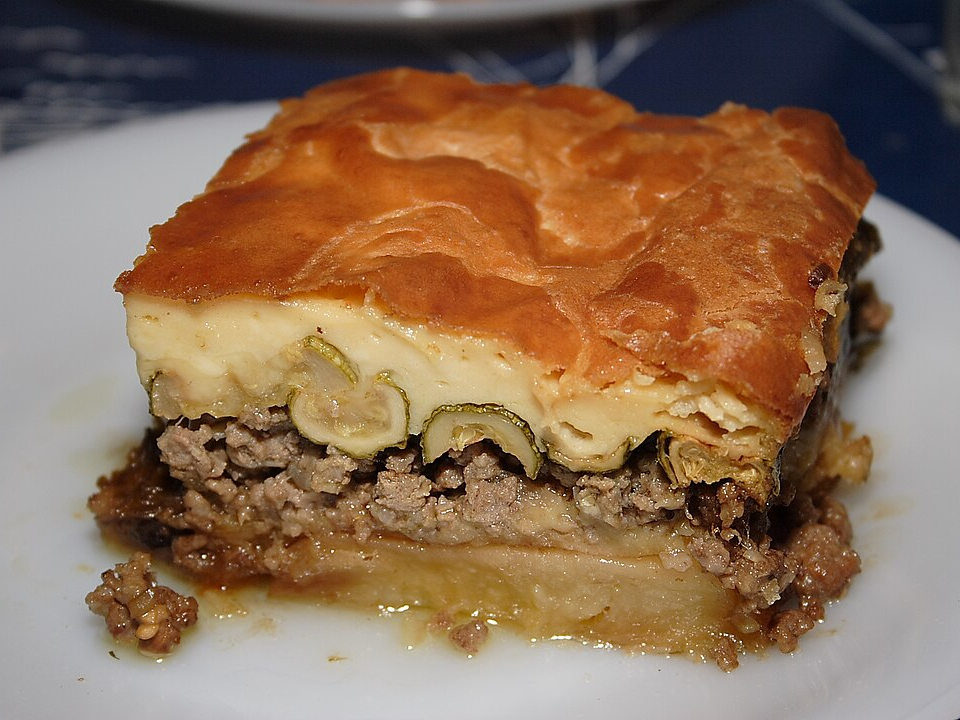
Moussaka is a traditional Greek dish made with layers of eggplant, ground meat, and béchamel sauce, often prepared for festive occasions like Easter and Christmas. The dish is a symbol of Greek hospitality and the rich culinary history of the Mediterranean. It is made with fresh, local ingredients, reflecting the agricultural landscape of Greece, and is typically served in large portions to share with family and friends.
Moussaka tells the story of Greek tradition and the importance of family meals. Its layers symbolize the depth of Greek culture, with each ingredient representing the country’s diverse history and local flavors. The dish is a celebration of Greek ingenuity, blending textures and flavors in a way that is both comforting and satisfying.
Feijoada (Brazil)
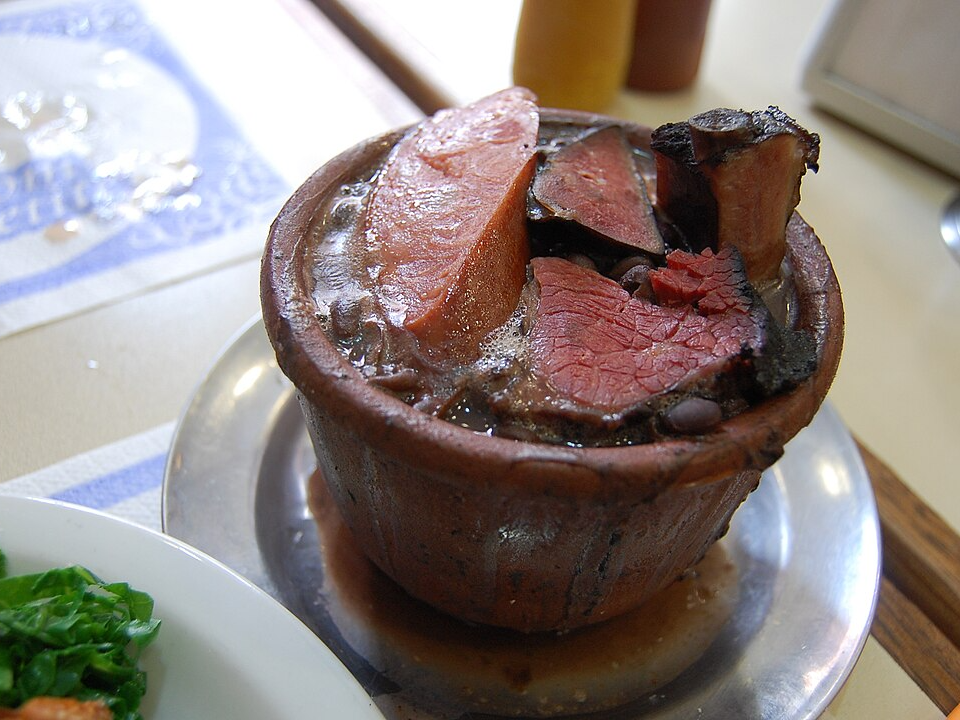
Feijoada is a hearty Brazilian stew made with black beans and a variety of salted meats, often served with rice and farofa. The dish is traditionally eaten during Carnival and other festive occasions, bringing communities together in celebration. Feijoada’s origins can be traced back to the African slaves who combined local ingredients with their culinary traditions to create a dish that has become a symbol of Brazil’s cultural fusion.
Feijoada is not just a meal; it represents the blending of diverse cultures in Brazil. The communal preparation and consumption of the dish are central to its cultural significance, reflecting the importance of unity, sharing, and celebration. Feijoada tells the story of Brazil’s history, from its African roots to its modern-day celebrations of diversity.
This article originally appeared on Avocadu.
